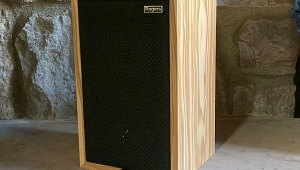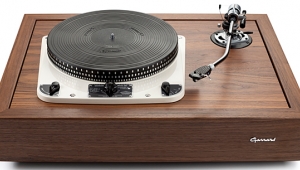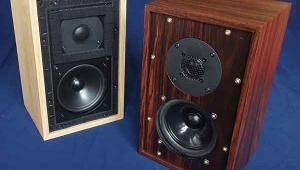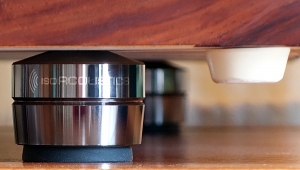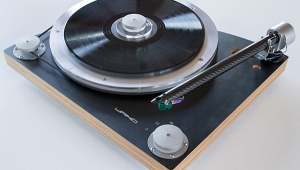| Columns Retired Columns & Blogs |
There went several centuries of writers kvetching about how hard writing is. I always suspected they were exaggerating.
Of course, you still have those writers whose work sounds labored, whether the sentences pour forth easily or do not.






